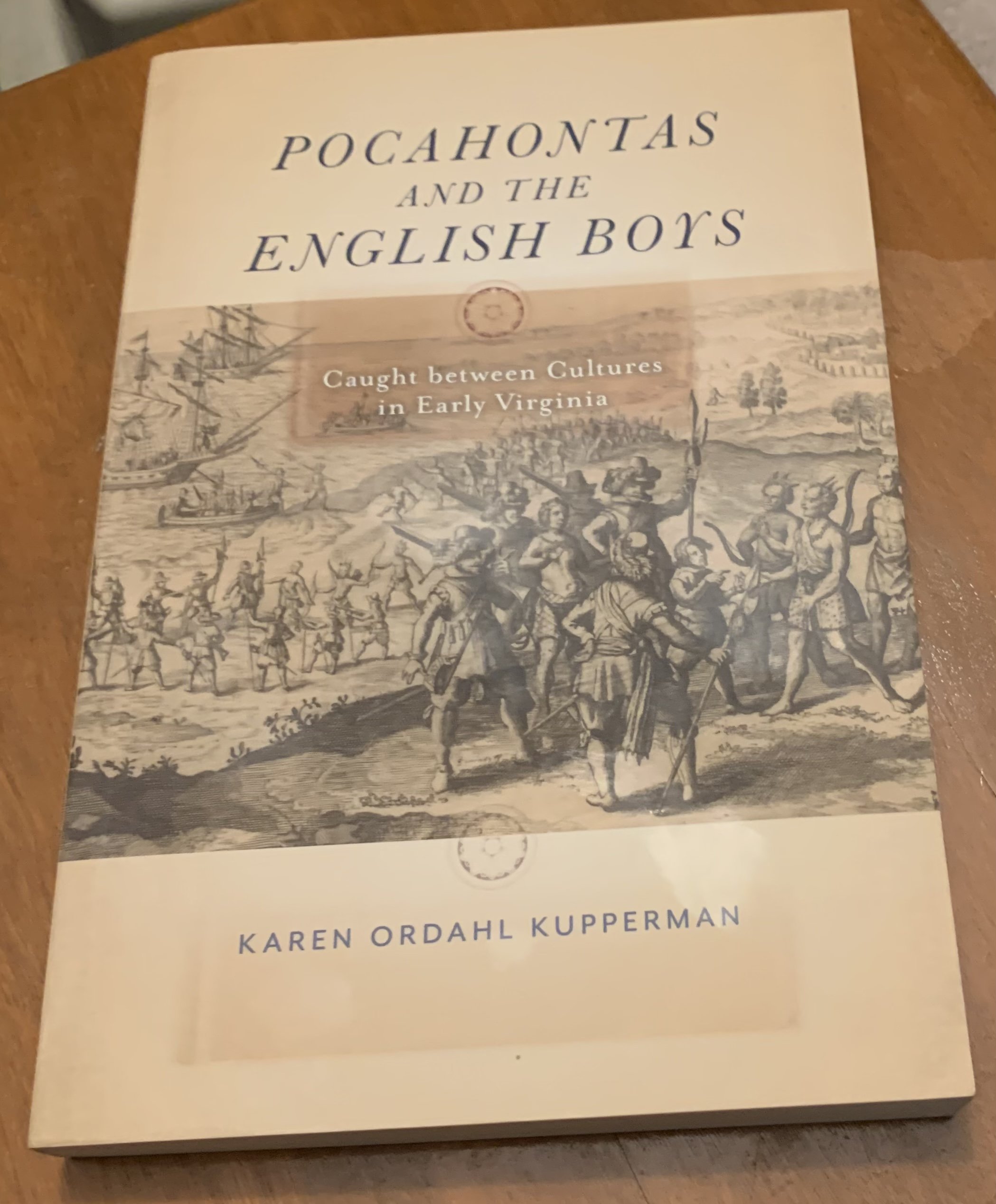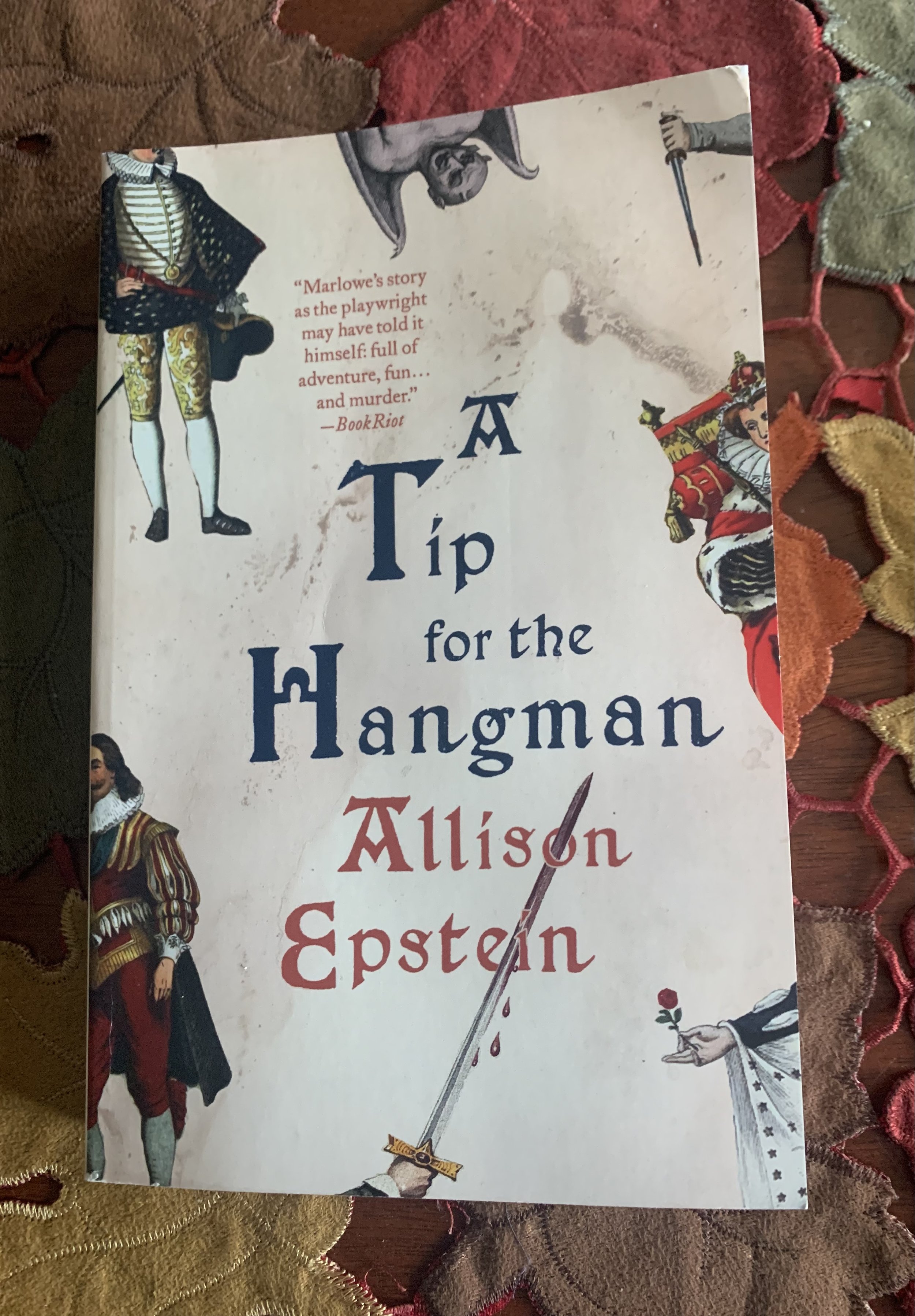I met a 22-year old poodle this week, and he gave me hope.
Let me explain.
Benji
<—This is Benji. He was the first dog that was only mine. I adopted him when he was 6 months old, after he’d been abandoned and passed around so much that he became permanently scarred for life. I promised I would never abandon him, and I didn’t. After years of illness, he crossed the Rainbow Bridge at 16 1/2. I was heartbroken.
Six months after I lost Benji, I adopted Duncan. In some ways, Duncan has turned out to be more my soul dog than Benji ever was. Like me, he’s an introvert, an observer. He too was abandoned, found in an open field during a polar vortex winter. I adopted him a couple of months later, and I made him the same promise I made Benji: I will never abandon you. At the time, Duncan was almost completely shut down. It’s taken time, but finally, in the last few years, he’s started to show his personality. It turns out, he’s a funny little man.
When I adopted Duncan, I was still grieving Benji. Duncan was 7 1/2 when I got him, and I knew I would have fewer years with him than I had with Benji. So I asked Duncan to make me a promise: stay with me for 8 years.
Duncan
It’s a promise he seems to be keeping. Duncan is now 14. He’s in perfect health; the vet said he’s the healthiest 14-year-old she’s ever seen. In the back of my mind, though, I’ve known we’re approaching that eight year mark, that my time with him is likely winding down.
Enter Cooper, the 22-year-old poodle.
There’s no question Cooper is an old man. In fact, he’s the oldest living poodle I’ve ever met. He has clearly been loved and cared for, like Duncan is. And it hit me: if Cooper can live to be 22, so can Duncan.
So I came home after meeting Cooper the Elder and asked Duncan for a new promise: stay with me until you’re 22.
So far, he hasn’t said no.





